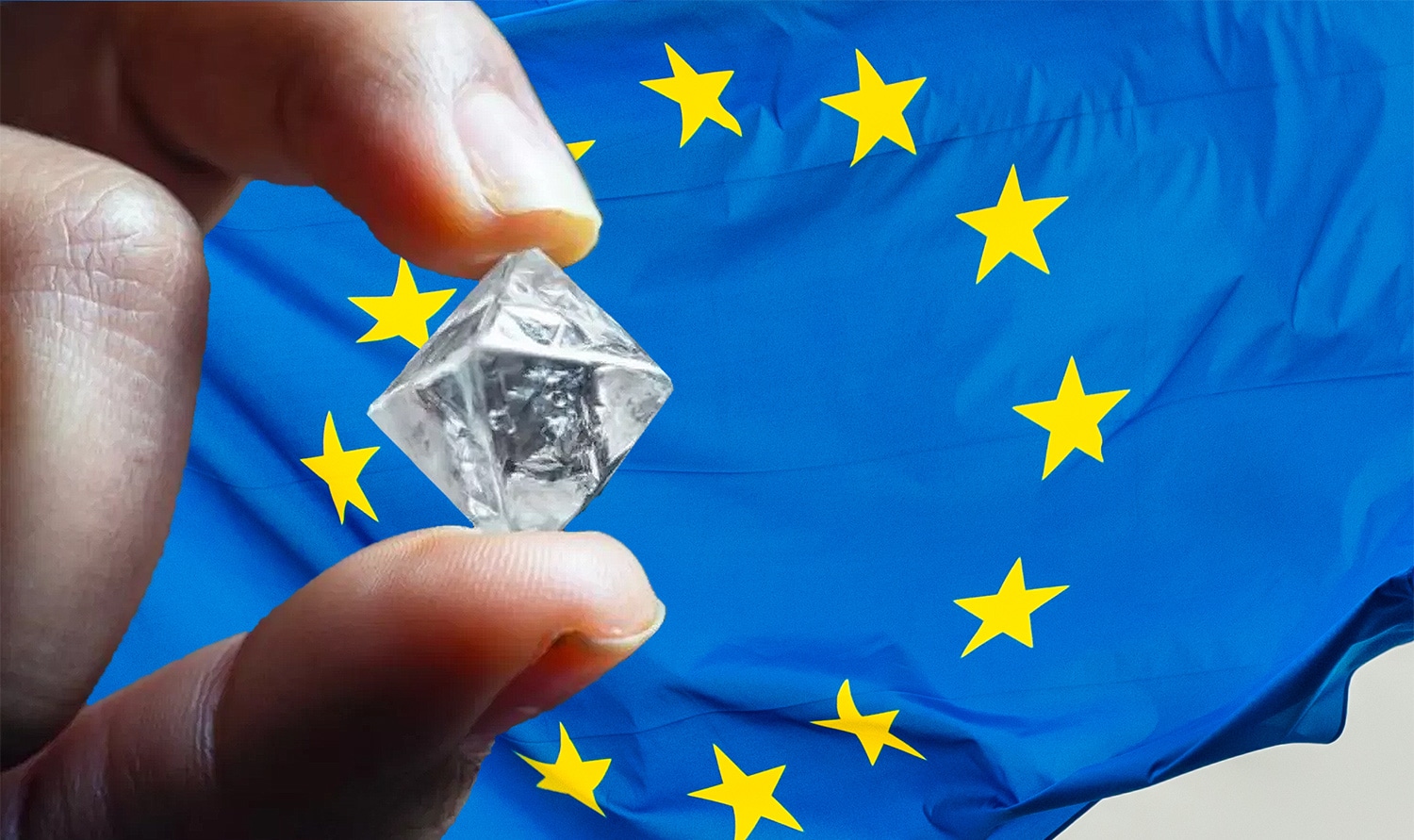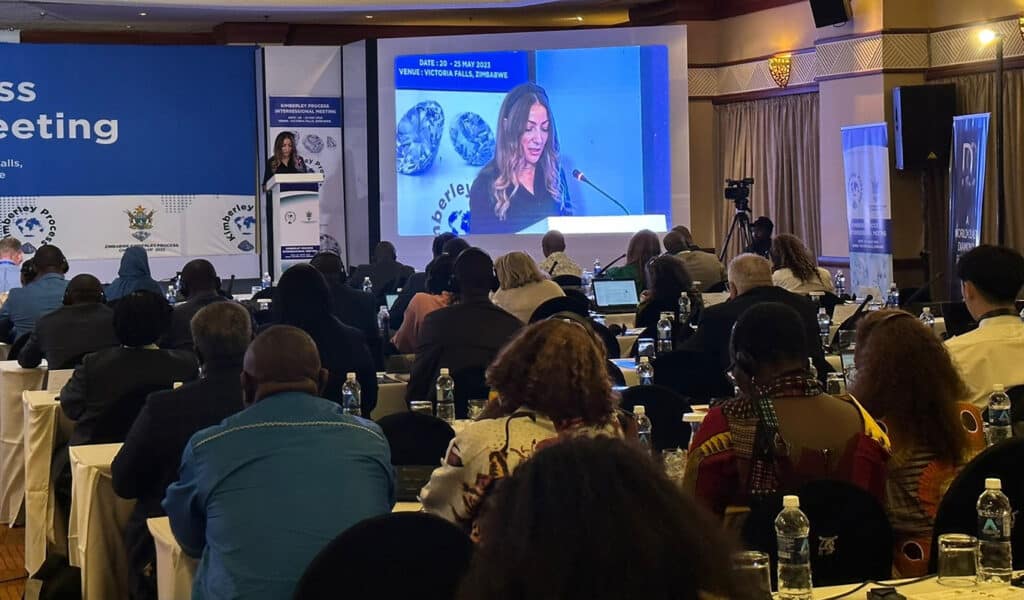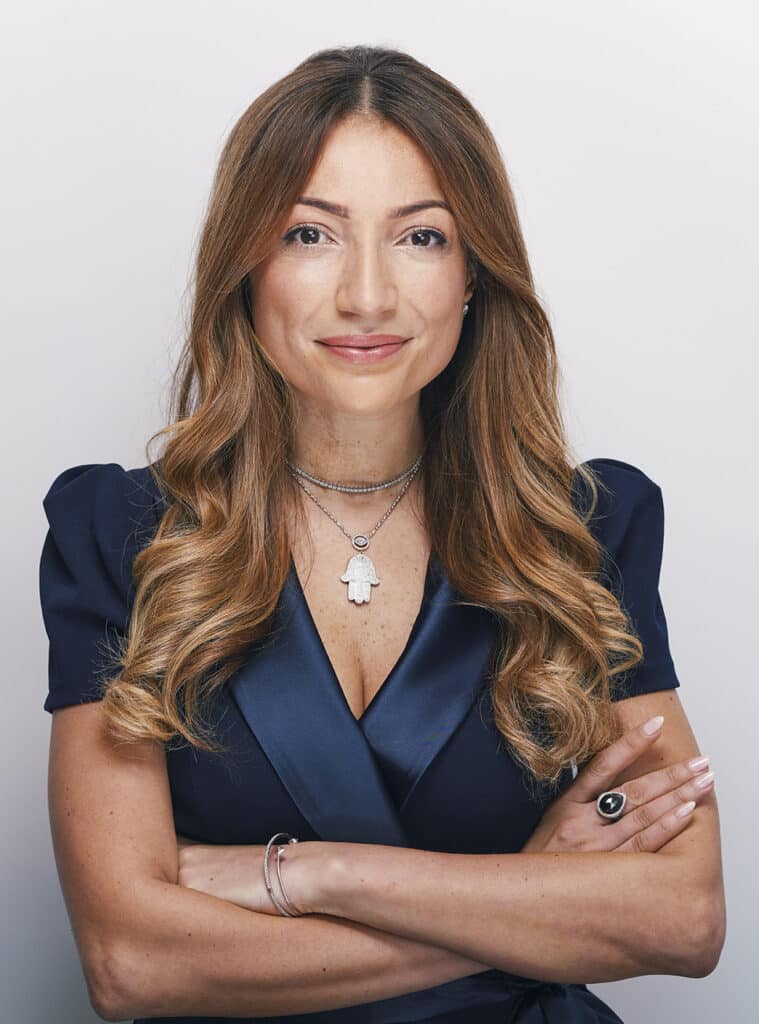Blog
Home » Diamonds blog » AS THE KIMBERLEY PROCESS MEETS IN ZIMBABWE, EU EDGES CLOSER TO RUSSIAN DIAMOND IMPORT BAN
Focus on

Members of the Kimberley Process gathered in the Zimbabwean resort town of Victoria Falls from May 22 to 25, to discuss the reform and management of the certification scheme that for two decades now has worked to eliminate the incidence of what it refers to as conflict diamonds from the legitimate chain of distribution. What was not on its agenda was the most prominent conflict taking place at present, the war between Ukraine and Russia, the world’s largest rough diamond producer by volume.
But it was very much on the agenda of the European Union, which since the Russian invasion of Ukraine in February 2022 has remained the only major Western bloc of nations to avoid imposing strict sanctions on Russian rough diamonds. This has been largely because of intense lobbying by the Belgian government, which has argued that a primary victim of such policies would be Antwerp, which would see Russian traders shift their sales to places like Dubai and Mumbai.
But, stated European Council President Charles Michel at the G7 summit in Hiroshima, Japan, on May 19, “Russian diamonds are not forever.” He was referring to a still-to-be announced plan to move against the Russian industry, which would be part of an 11th package of EU sanctions over Russia’s invasion of Ukraine.
The EU move would come more than a year after the United States restricted its companies from buying Russian diamonds for non-industrial purposes, and shortly after the United Kingdom, no longer a EU member, had said that would ban imports of Moscow’s diamonds later this year, in addition to imports of copper, aluminum and nickel.
How exactly the EU ban would work is open to question, because already a major portion of goods being handled in handled in Antwerp are what to referred to as being of mixed origin, considerably more than was the case before Russian invasion of Ukraine. The AWDC, the Belgian industry’s umbrella organization, has said that, at present, about 40 percent of the world’s rough flows through the city, of which about 5 percent to 10 percent are Russian, down from about a quarter before the war.

World Diamond Council President Feriel Zerouki addressing the Closing Session of the 2023 KP Intersessional Meeting in Zimbabwe. (Photo courtesy of WDC)
RUSSIA NOT DISCUSSED AT KP MEETING
There had been attempts by Ukraine and several Western countries, including the European Union, to get topic of the war in Eastern Europe on the Kimberley Process Intersessional Meeting’s agenda, but as was the case at the Intersessional Meeting and the end-of-year Plenary Meeting last year, both of which were held in Botswana, the topic was never formally discussed.
This is because all decisions in the Kimberley Process have to be reached by full consensus, including the topics on the official agenda, and with Russia a member of the KP, together with allies like Belarus and nations antagonistic to the West like China, across-the-board agreement was always going to be to out of the question.
The issue was shelved, and by agreeing to disagree the KP members continued with their business.
But, the truth of the matter is that, even if the Kimberley Process had decided to take up the issue of Russian diamonds, it would not have achieved much. This because the formal definition of conflict diamonds in the KP Core Document is rough goods associated with military actions by rebel forces again sovereign governments, whereas the war in Eastern Europe involves a conflagration between two sovereign governments.
REVIEW AND REFORM OF KP
The Kimberley Process is in the midst of a Review and Reform Cycle, where most probably the most contentious issue on the agenda is a long-called for broadening of the conflict diamond definition. It had tried to so before and come close, falling just one vote short of full consensus in 2019.
“Ultimately, the success of the Review and Reform Cycle will be judged by the degree to which we are able to progress in providing a more germane definition of conflict diamonds, reflective of the challenges that exist in 2023. We have the ability to get there together,” said Feriel Zerouki, the newly appointed WDC President during the opening session at Victoria Falls on May 22.
The WDC President expressed her belief that it is possible for the Kimberley Process to build consensus around two cardinal principles. The first is that natural diamond resources need to provide fair and equitable benefit to the people and countries from which they originate, and this includes enabling those people to utilize those resources for their own wellbeing and long-term development. The second is that the success of the natural diamond economy is dependent upon the product maintaining its status as an aspirational purchase from a consumer perspective.
“These principles are not independent of one another. If the one is not met, it’s unlikely the other will be,” she stated.

“Ultimately, the success of the Review and Reform Cycle will be judged by the degree to which we are able to progress in providing a more germane definition of conflict diamonds,” said WDC President Feriel Zerouki. (Photo courtesy of WDC)
